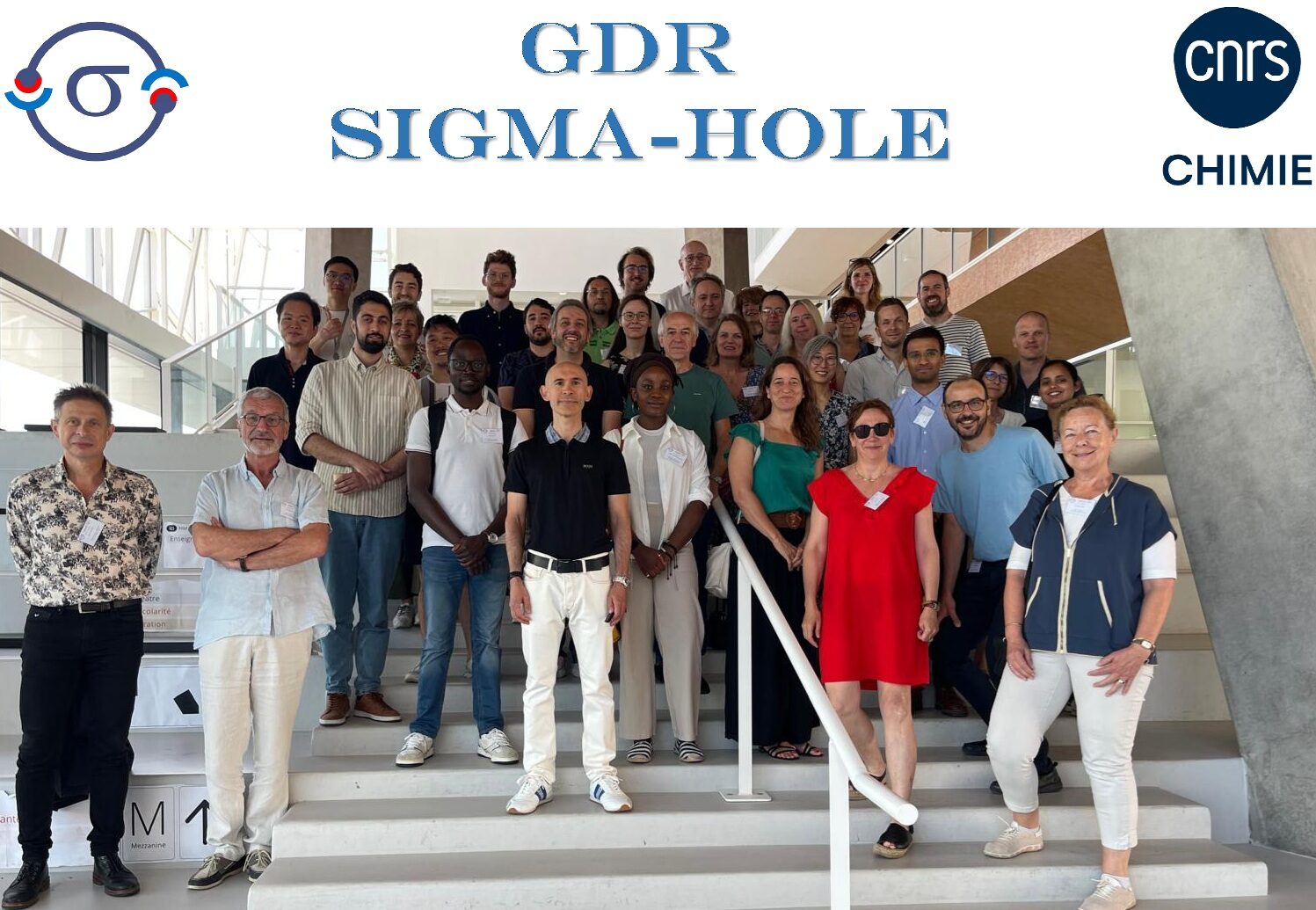Sigma-hole interactions encompass a wide range of non-covalent interactions such as halogen, chalcogen and pnictogen bonds. These highly directional interactions all involve atoms with an electron-deficient area, known as a sigma-hole, located at the outermost end of the sigma-bond. This sigma-hole allows the atoms to interact non-covalently with an electron-rich area, opening up a new field of research whose applications have been growing since the beginning of the 21 st century. In this context of highly competitive research, but still limited in scope due to its recent emergence, interdisciplinary collaboration between researchers in this field is essential. A scientific symposium on the sigma-hole organized in Strasbourg on March 31, 2023 (https://www.asymhole.cnrs.fr/2023/01/27/the-sigma-hole-day/) confirmed the interest of numerous laboratories working in various areas of chemistry, ranging from reactivity in solution (organic and analytical chemistry, catalysis, molecular recognition) to theoretical chemistry (computational chemistry, modeling) and solid-state organization (crystallography, materials and surface chemistry, solid-state engineering). The Sigma-Hole GDR aims to accelerate and facilitate the structuring of French research in this field, in order to enhance its visibility, particularly in Europe.
